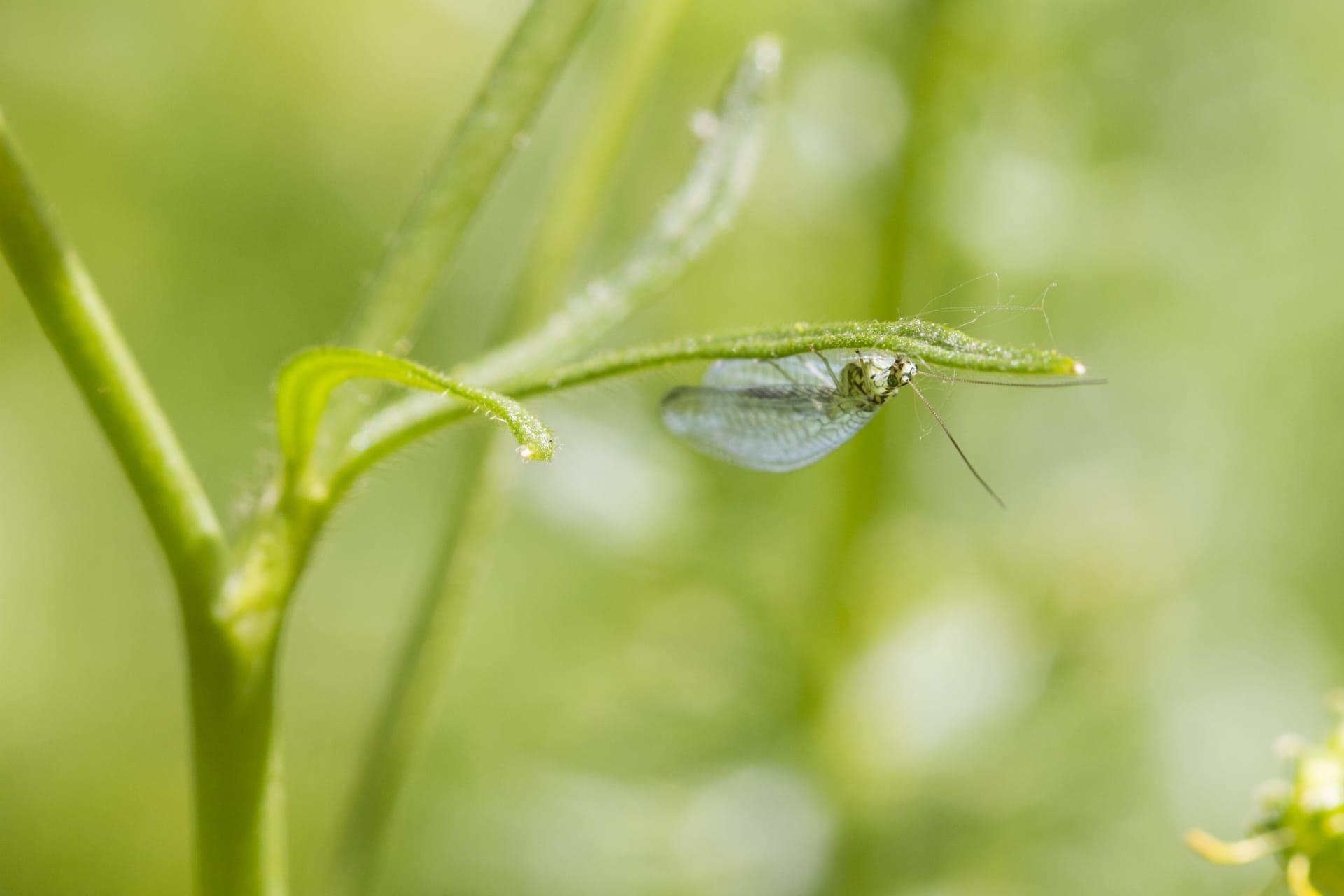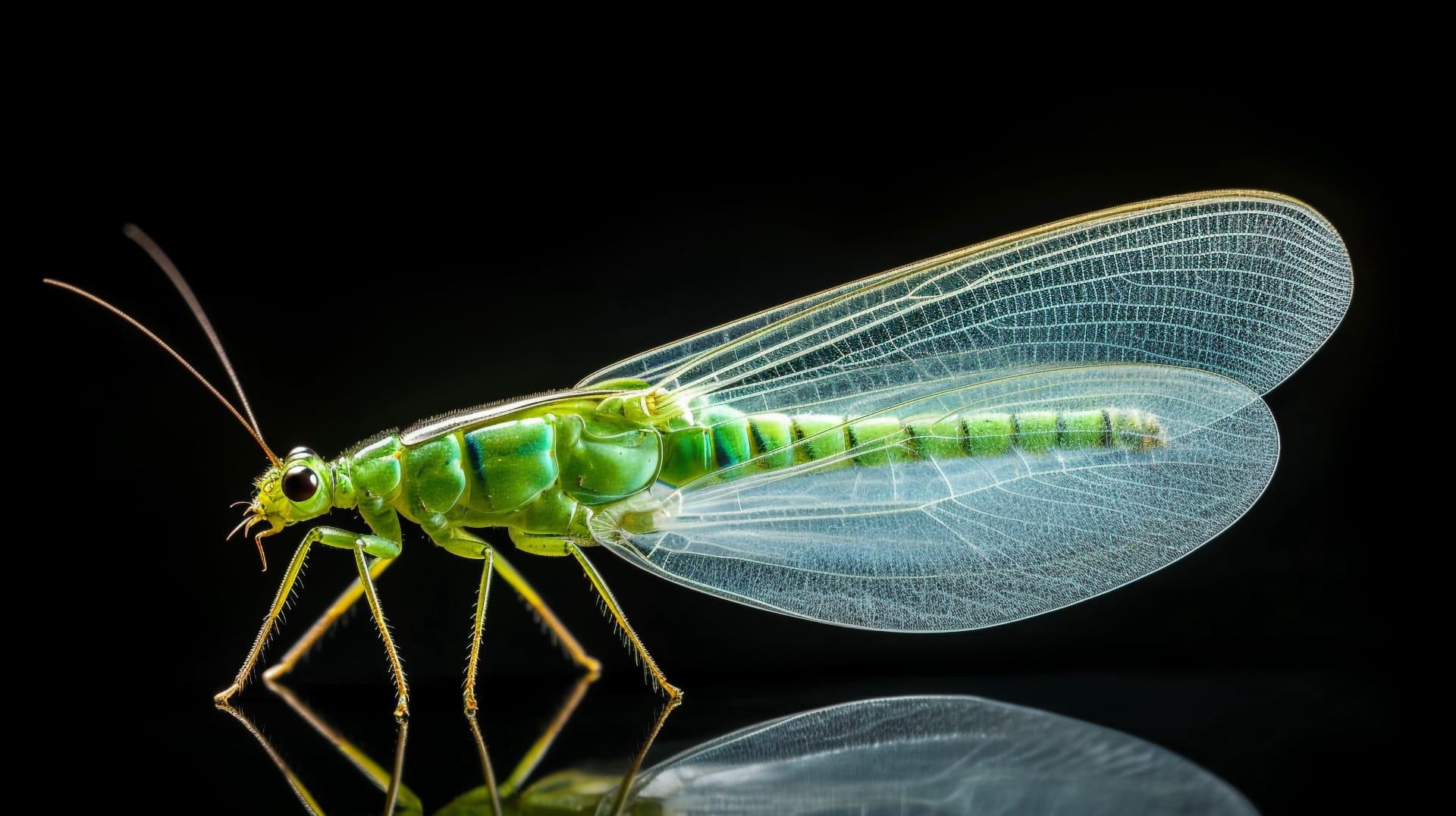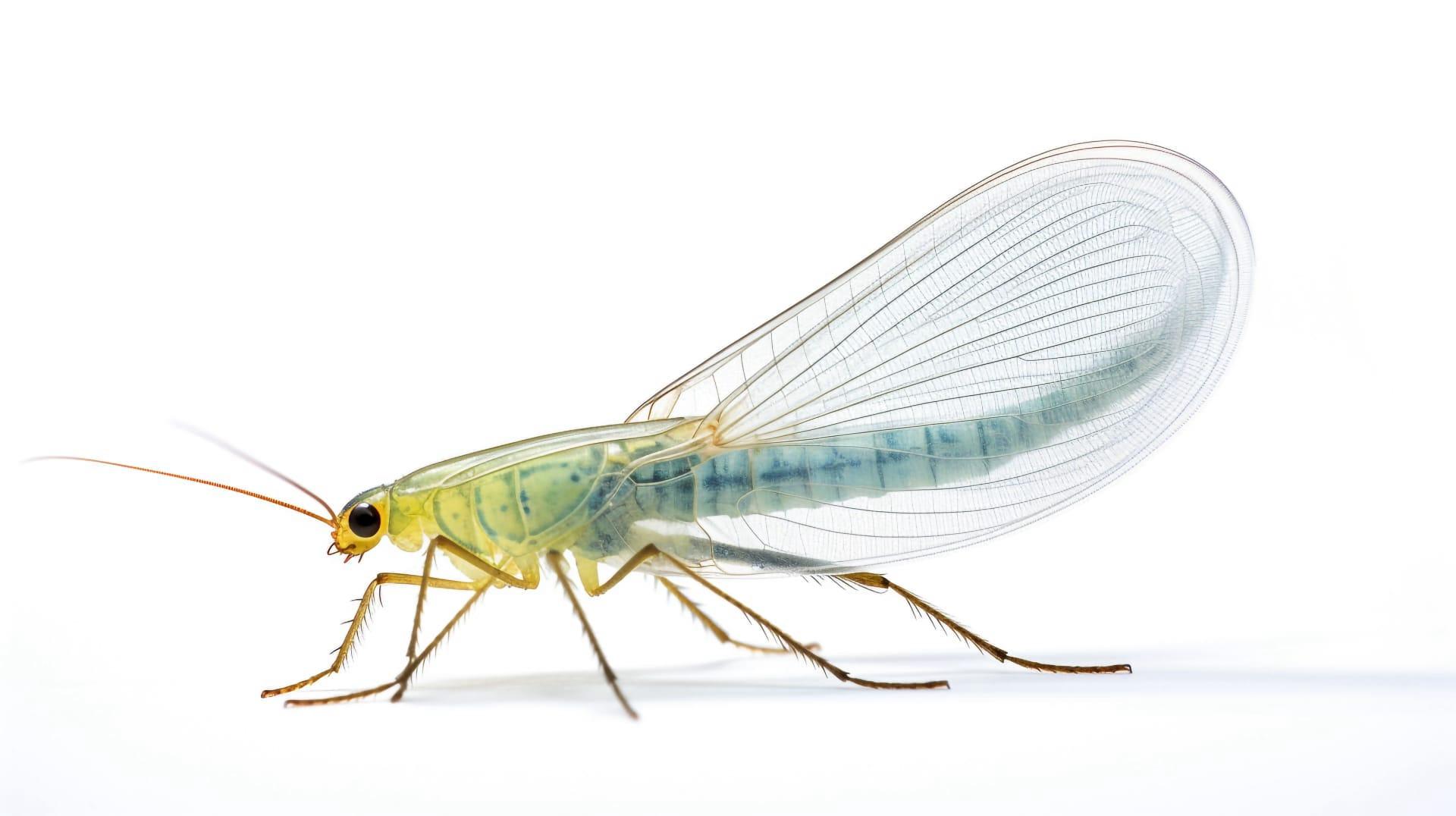Lacewings Trivia
- Home /
- Trivia Question /
- Animal /
- Lacewings Trivia
1
Question: What makes lacewings a unique addition to any garden ecosystem?
Answer: Lacewings are a gardener's best friend! These delicate insects, often measuring 1 to 1.5 inches in wingspan, are voracious predators of pests like aphids, mites, and mealybugs. A single lacewing larva can devour up to 200 pests or pest eggs a week, making them an effective and natural pest control agent.
Question: How do lacewings communicate or attract mates?
Answer: Lacewings have a fascinating mating ritual. They use vibrations to communicate, a process known as "tremulation." The male vibrates the plant stem or leaf to send signals to a potential mate. This method is incredibly precise, allowing them to find each other without visual cues, often over distances up to several centimeters.

2
Question: Is it true that all lacewings are green?
Answer: This is a common misconception. While many lacewings are indeed green, providing them excellent camouflage in foliage, there are also brown lacewings. The green lacewings are scientifically known as Chrysopidae, and the brown ones are Hemerobiidae. Their color depends on their species and habitat, with some even changing color in different seasons.
Question: Do lacewings bite or sting humans?
Answer: No, lacewings do not bite or sting humans. They are completely harmless to us. Their mouthparts are designed for feeding on small insects and do not pose any threat to people. In fact, they are beneficial as they help control pest populations.

3
Question: What is unique about lacewing larvae?
Answer: Lacewing larvae, often called "aphid lions," have a fierce appearance and appetite. They have large, pincer-like mandibles, which they use to grab and consume their prey. These larvae can eat a significant number of aphids and other pests, making them extremely beneficial for controlling garden pests.
Question: How do lacewings contribute to the pollination process?
Answer: Adult lacewings feed on nectar, pollen, and honeydew, playing a role in pollination. While not as efficient as bees or butterflies, their feeding behavior contributes to the transfer of pollen between flowers, aiding in plant reproduction and garden diversity.

4
Question: Can lacewings survive in various climates?
Answer: Lacewings are quite adaptable and can be found in a variety of climates. They thrive in temperate regions but are also common in tropical and subtropical environments. However, extreme cold or dry conditions can be challenging for them. Gardeners often use lacewing eggs or larvae as biological control agents across different climatic zones.
Question: What is the lifespan of a lacewing?
Answer: Lacewings have a relatively short lifespan. An adult lacewing typically lives about 4 to 6 weeks. However, their life cycle from egg to adult can vary from 3 weeks to several months, depending on environmental conditions like temperature and food availability.

5
Question: How do lacewings protect themselves from predators?
Answer: Lacewings employ several strategies for protection. Their green color provides excellent camouflage in foliage. Additionally, lacewing larvae sometimes cover themselves with debris or the remains of their prey, which acts as a disguise from predators. Some species also emit a foul-smelling fluid as a defense mechanism.
Question: What role do lacewings play in scientific research?
Answer: Lacewings are studied in entomology and environmental science due to their role in biological pest control. Their effectiveness in controlling pest populations without the use of chemicals makes them a subject of interest in sustainable agriculture and ecological studies. Their unique communication methods and adaptability also offer insights into insect behavior and environmental interactions.